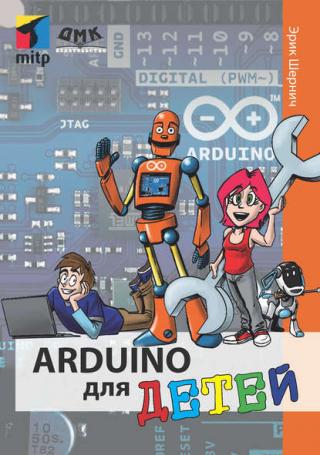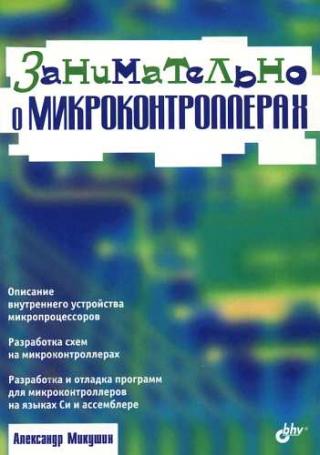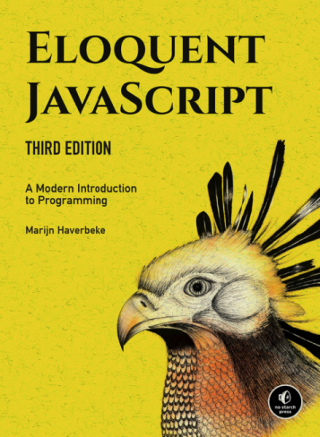![Computer Simulation [A Foundational Approach Using Python] Computer Simulation [A Foundational Approach Using Python]](https://www.rulit.me/kotha/images/nocover.jpg)
Аннотация
This book is not just another book on discrete-event simulation. It emphasizes modeling and programming without sacrificing mathematical rigor. The book will be of great interest to senior undergraduate and starting graduate students in the fields of computer science and engineering and industrial engineering. The book is designed for a one-semester graduate course on computer simulation. Each chapter can be covered in about one week. The instructor is also encouraged to dedicate one week for learning the Python programming language. Appendix A can be used for this purpose. A basic knowledge of programming, mathematics, statistics, and probability theory is required to understand this book.
The book has the following features. First, a simulation program is clearly divided into two parts: simulator and model. In this way, implementation details based on a specific programming language will not coexist with the modeling techniques in the same chapter. As a result, student confusion is minimized. The second feature of the book is the use of the Python programming language. Python is becoming the tool of choice for scientists and engineers due to its short learning curve and many open-source libraries. In addition, Python has a REPL¹ which makes experimentation much faster.
The third feature is the use of event graphs for building simulation models.
This formalism will aid students in mastering the important skill of simulation modeling. A complete chapter is dedicated to it. The book also features a complete chapter on the Monte Carlo method and variance-reduction techniques.
Several examples are given along with complete programs.
The book is divided into four parts. The first part represents a complete course on the fundamentals of discrete-event simulation. It is comprised of chapters 1 to 6. This first part is appropriate for an undergraduate course on discrete-event simulation. Materials from other chapters can be added to this course. For example, chapter 10 and 11 should be covered in full if time permits. For an advanced course on computer simulation, the second and third part should be fully covered. The case studies in the fourth part can be covered if time permits. In such a course, the emphasis should be on model building and programming.
¹REPL = Read-Evaluate-Print Loop
![Чтобы пользоваться компьютером, его недостаточно просто купить и включить – в отличие от того же телевизора. Вначале нужно получить необходимый минимум знаний, и... Компьютер от «А» до «Я» [Windows, Интернет, графика, музыка, видео и многое другое]](https://www.rulit.me/data/programs/images/kompyuter-ot-a-do-ya-windows-internet-grafika-muzyka-video-i_462712.jpg)
![Книга Уильяма Шоттса "Командная строка Linux: Полное руководство" представляет обширный обзор «жизни» в командной строке Linux. В отличие от других книг, посвященных... Командная строка Linux [Полное руководство]](https://www.rulit.me/data/programs/images/komandnaya-stroka-linux-polnoe-rukovodstvo_466607.jpg)






Комментарии к книге "Computer Simulation [A Foundational Approach Using Python]"